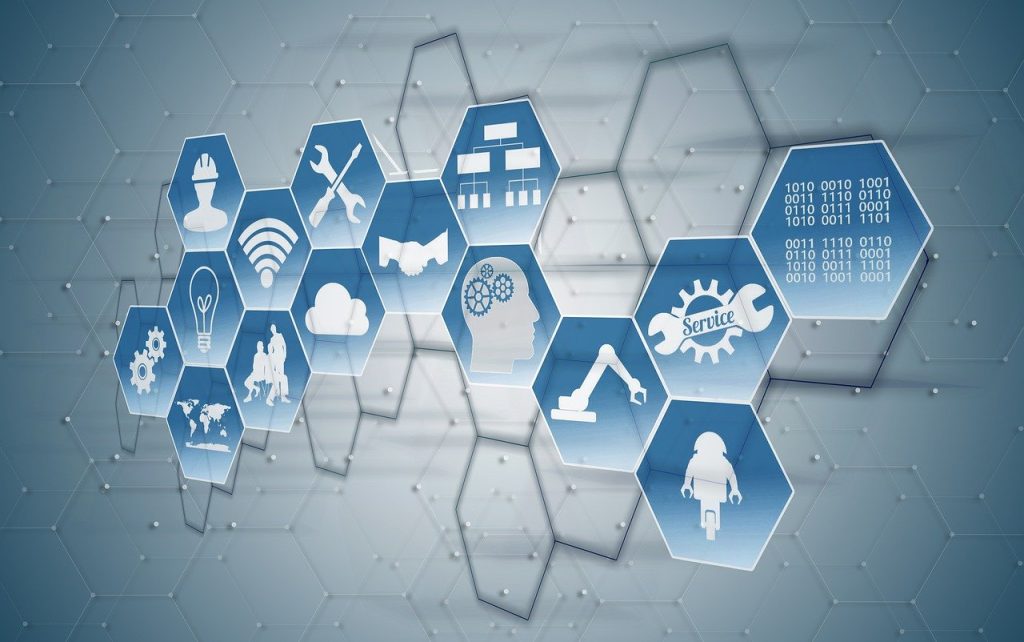Adapting to Change: How IT Teams Can Keep Up with Evolving Technologies

The tech landscape changes fast. IT teams face the many challenges of keeping up and staying current with today’s trends. On top of that, they still have to continue maintaining existing systems. Since companies’ needs change fast, IT professionals often find it hard to keep up. In fact, many businesses struggle to fill skill gaps in the workplace, especially in specialist and entry-level positions.
In addition to skill gaps, some of the main obstacles companies face include the increasing speed of innovation, rising business expectations, security risks, and budget constraints. Adapting to these changes is crucial to stay current. Why? Imagine your tech stack is a house. If you don’t maintain and repair it regularly, it will crumble faster. In this article, we’ll dive into ways for IT teams to stay current with the changing tech.
Key Strategies for IT teams
1. Continuous Learning
In IT, you can only learn when you actually do it. Watching videos or reading articles won’t cut it. Prioritize continuous learning through structured training programs, hands-on experimentation, and industry event participation. This helps bridge knowledge gaps and keeps skills current. You can take free tests for IT certification exams with CompTIAPracticeTest to challenge your knowledge, master key concepts, and improve your skills. Importantly, continuous learning makes you the person who stands up to handle new challenges that come up in work. The tech world moves fast. What was cutting-edge a year ago could be outdated today. You would struggle Kubernetes and containers if you stuck with tradition VM deployments.
2. Automation and AI
IT teams handle repetitive tasks everyday. From monitoring alerts to resetting passwords, an IT professional’s day is often packed. That’s why automation and AI come in handy. They streamline routine tasks, enhance cybersecurity, and improve system management. This allows IT teams to focus on more strategic initiatives while maintaining operational efficiency. An example of automation is an AI-powered SIEM (Security Information and Event Management) that automatically correlates events across varying systems. You won’t have to chase after every security alert and respond to every known threat. For example, if someone tries to log in the system at 3 AM during off hours, AI can block the login attempt. It may also trigger to monitor the account for any suspicious activity. That means you won’t have to be on-call 24/7 if such instances arise.
3. Agile Adaptation
Maintain agility through flexible project management approaches and open collaboration with other departments. Regular evaluation of adopted technologies ensures continuous improvement and prevents stagnation. For example, in the case of containerization migration, instead of having a huge “lift and shift,” an agile approach lets you adapt quickly. Each step builds on the previous one without doing an infrastructural overhaul. You can even create templates to reuse that would speed up the succeeding migrations. At its core, IT teams implement an agile adaptation, starting with building a basic Docker environment, an initial CI/CD pipeline, and more. Agile adaptation shines in handling complex technical issues because it’s iterative, ultimately reducing deployment time.
4. Strategic Partnerships
Build relationships with technology vendors and industry experts to gain valuable insights and support. Direct lines with vendors put you ahead of the curve. It could mean early access to beta features. You might even suggest or influence product roadmaps. Some IT teams with strong partnerships with their vendors may even get an advance heads-up before public announcements for feature releases. These partnerships provide access to specialized knowledge, training resources, and early awareness of emerging trends. Some vendors also offer exclusive partner-only training and certification. This saves companies costs as it would otherwise be worth thousands if purchased separately. Instead, IT teams can train on new tech without impacting your bandwidth and production environment.
5. Community Engagement
Actively participate in professional networks and online communities to share knowledge and learn from peers’ experiences. This includes joining industry forums, attending conferences, and contributing to technical discussions, creating a broader perspective on industry developments. GitHub discussions could be your lifeline when you’re stuck at 2 AM debugging a Kubernetes issue. By being a part of a community, you get access to a network of collective intelligence. IT professionals must not just receive, but give as well. Why? Aside from helping others, you can build a reputation among peers and open communication for technical talks.
Conclusion
Success in technology adaptation requires a proactive mindset and a commitment to ongoing development. By embracing these strategies, IT teams can better navigate technological change while delivering value to their organizations.
How is your IT team currently approaching technological adaptation? Consider implementing one small improvement today, whether it’s setting up a test environment or identifying an area for process automation.
